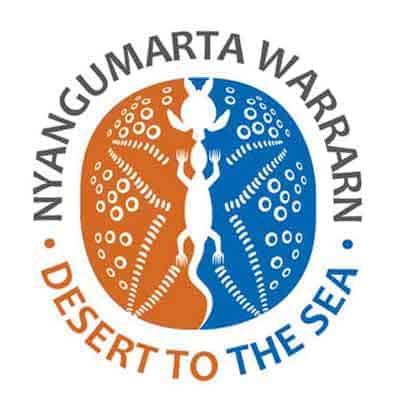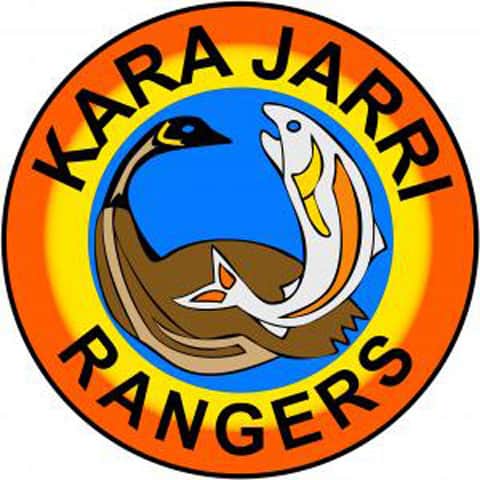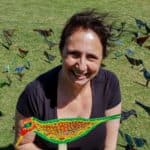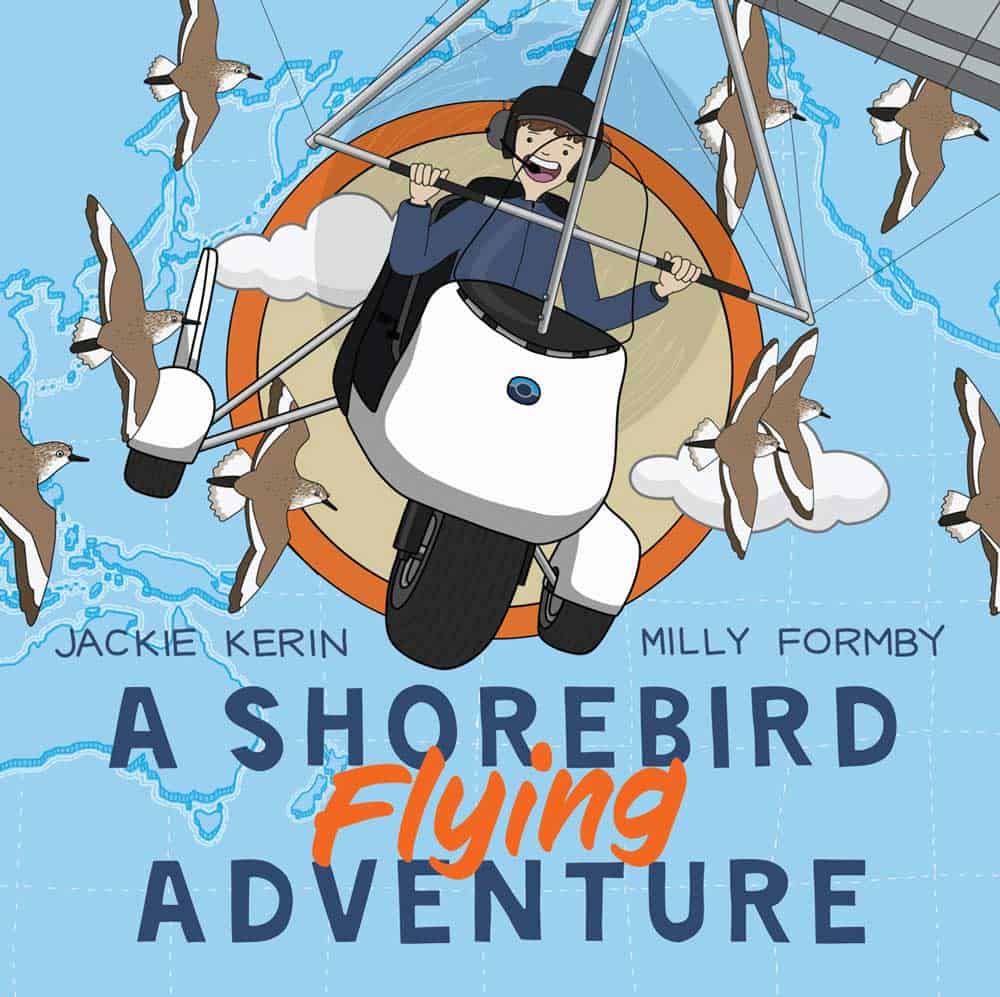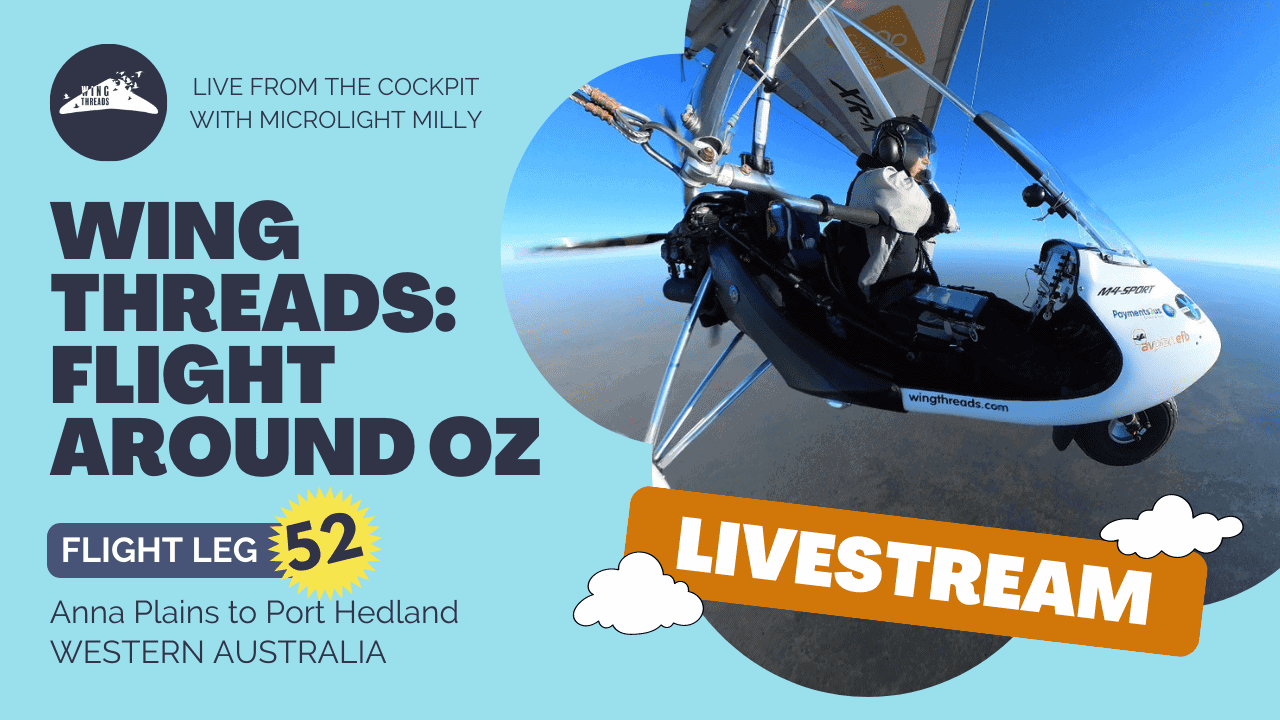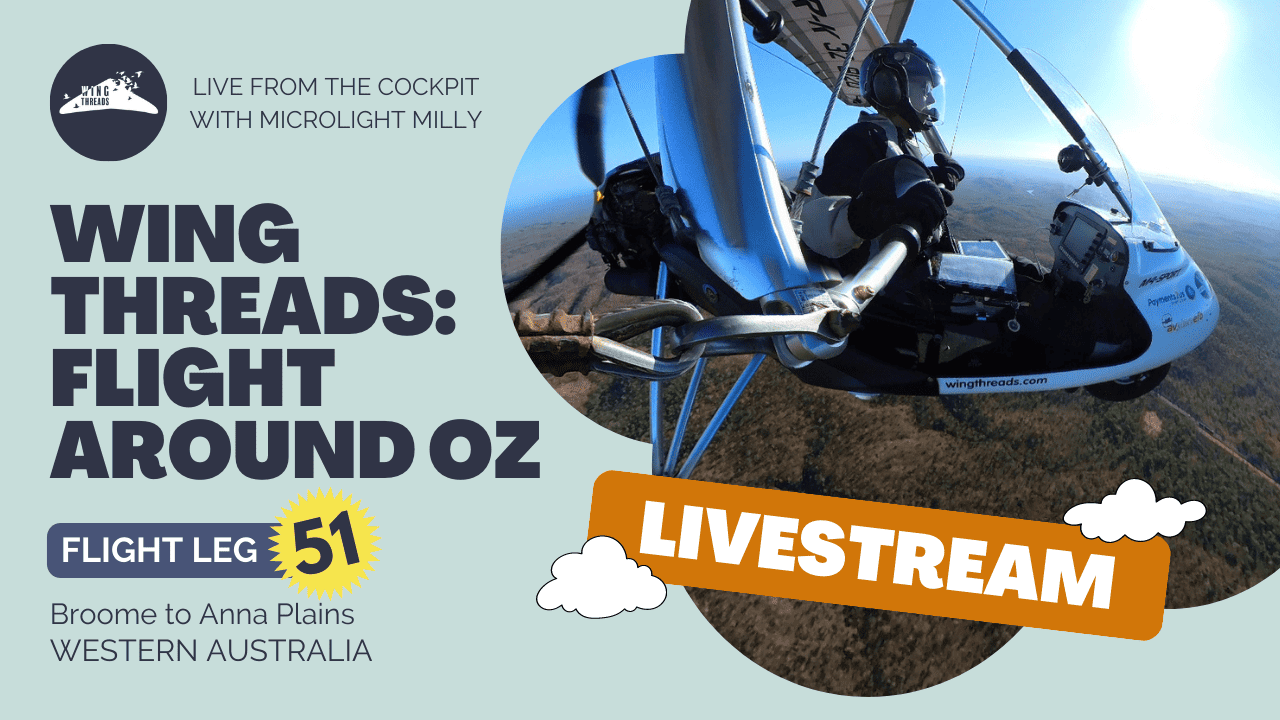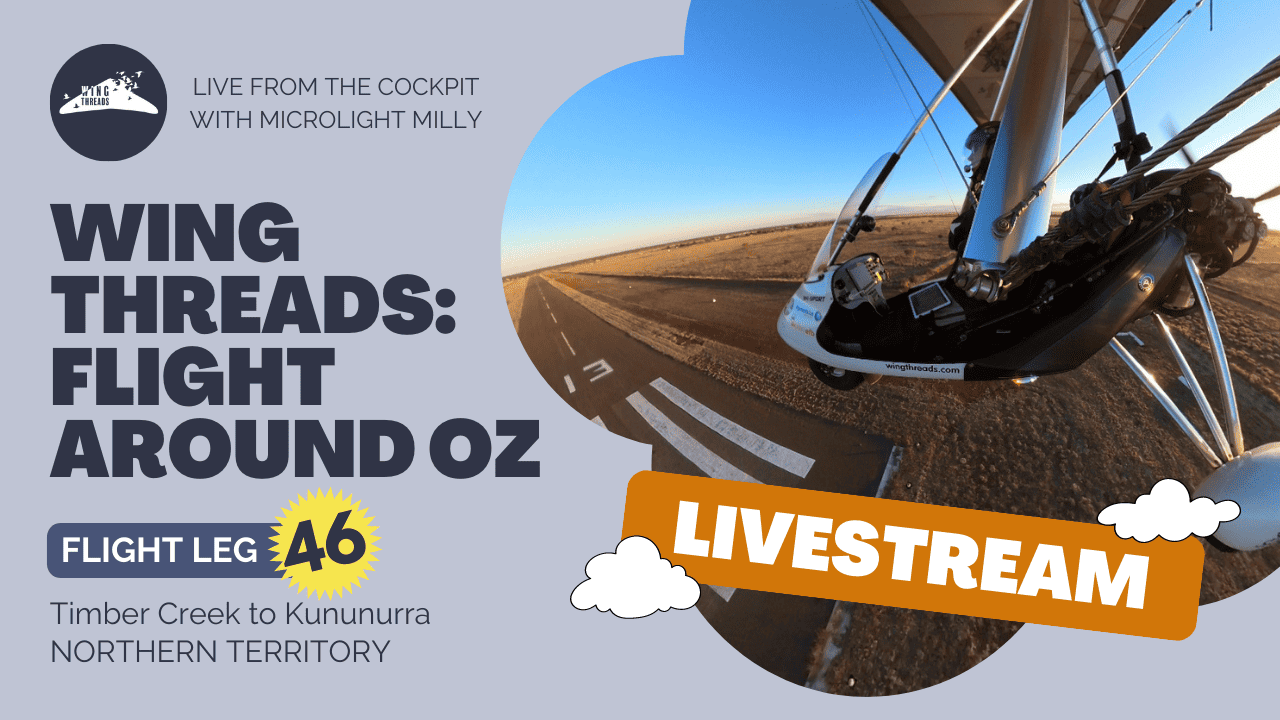Meet-up on the mainland
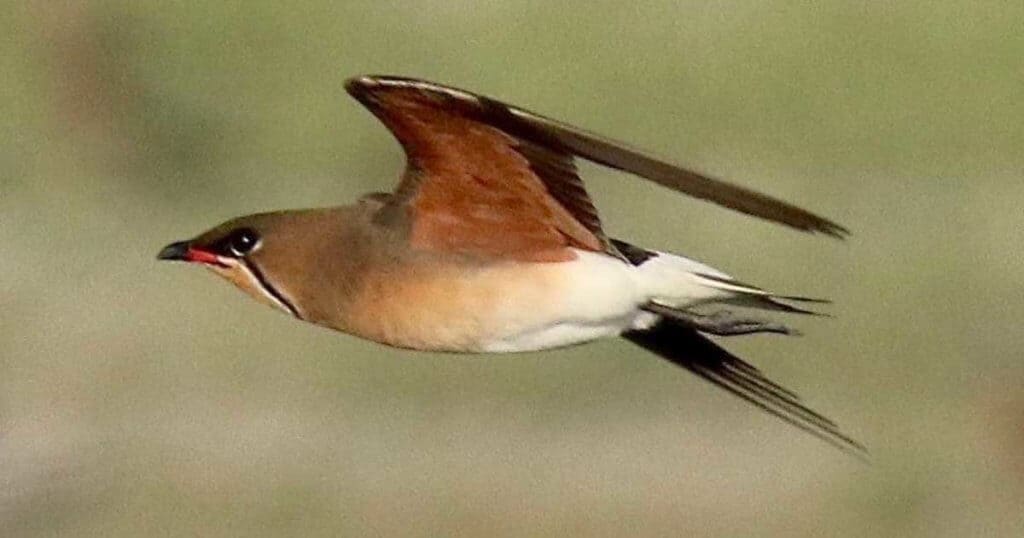
Three of the four Oriental Pratincoles are now in Mainland Southeast Asia, SEC and SHE in Cambodia, and SEP in Thailand. SUN is now in East Malaysia. While SHE remains in the Tonle Sap Lake floodplains, SEC, SEP and SUN are currently located in areas of intensive agricultural use.
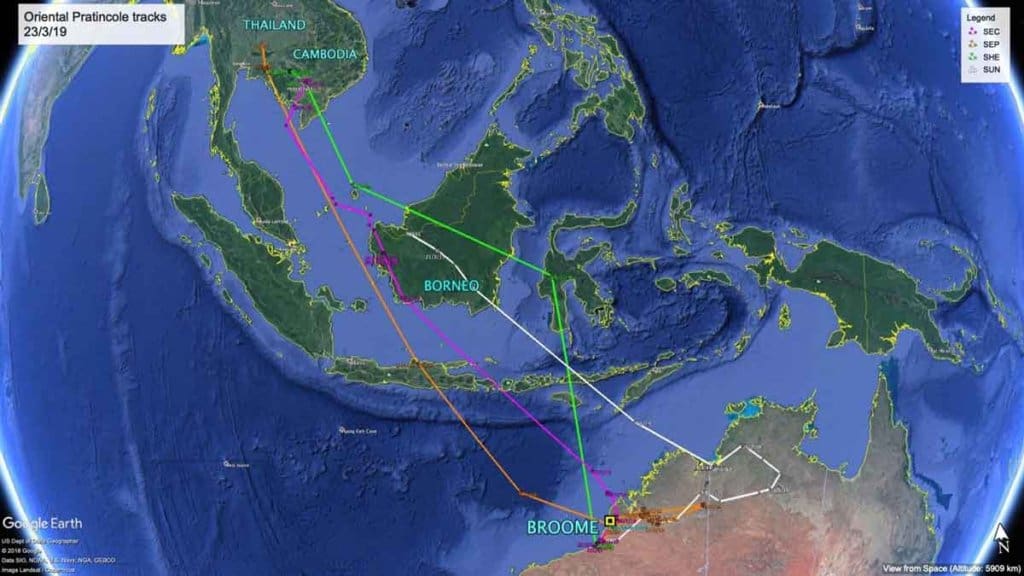
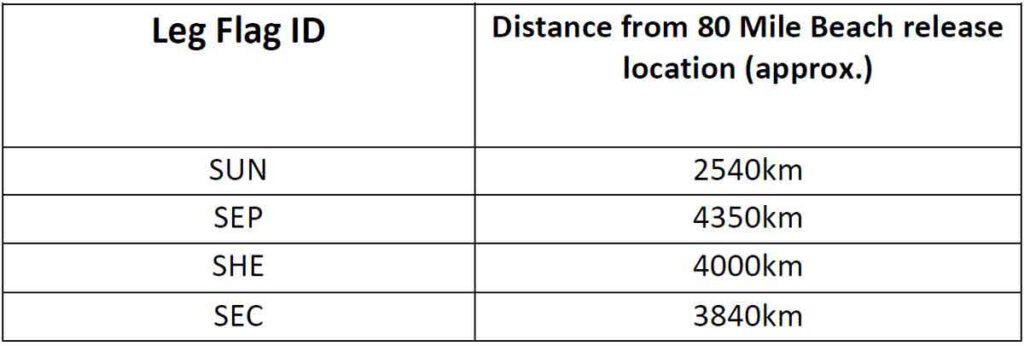
Oriental Pratincoles on the move
Across the border
Leg Flag SUN (PTT 83591)
Between the 13th and 23rd March, SUN has travelled approximately 570km and is now in the Sri Aman District of East Malaysia, 26km west of the town of Sri Aman (Malay translation – “Town of Peace”), which is situated on the Lupar River. This District consists of highly modified, agricultural land trading in palm oil, rubber, pepper and timber.
This location is approximately 2540km from the release site at 80 Mile Beach in North West Australia.
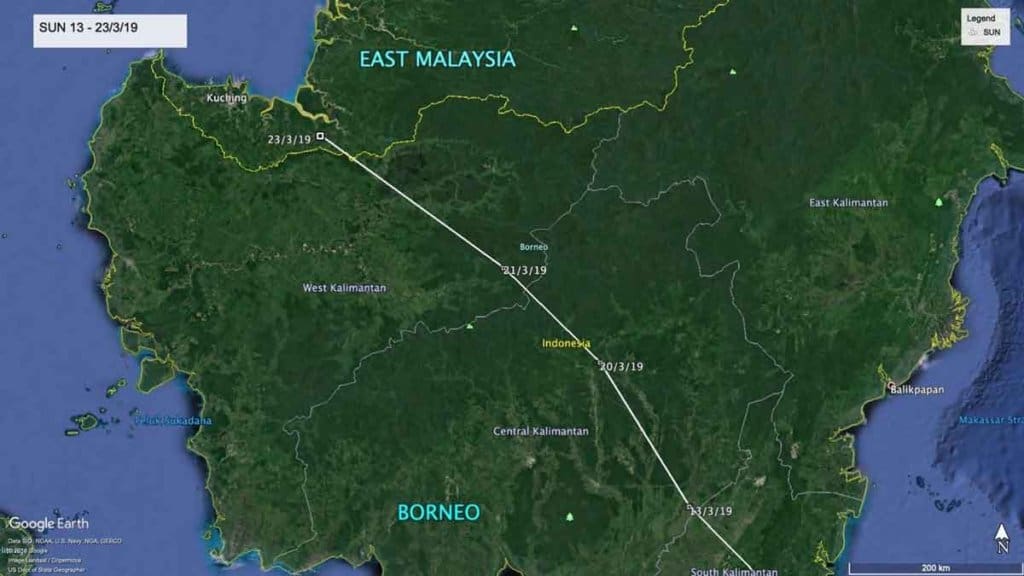
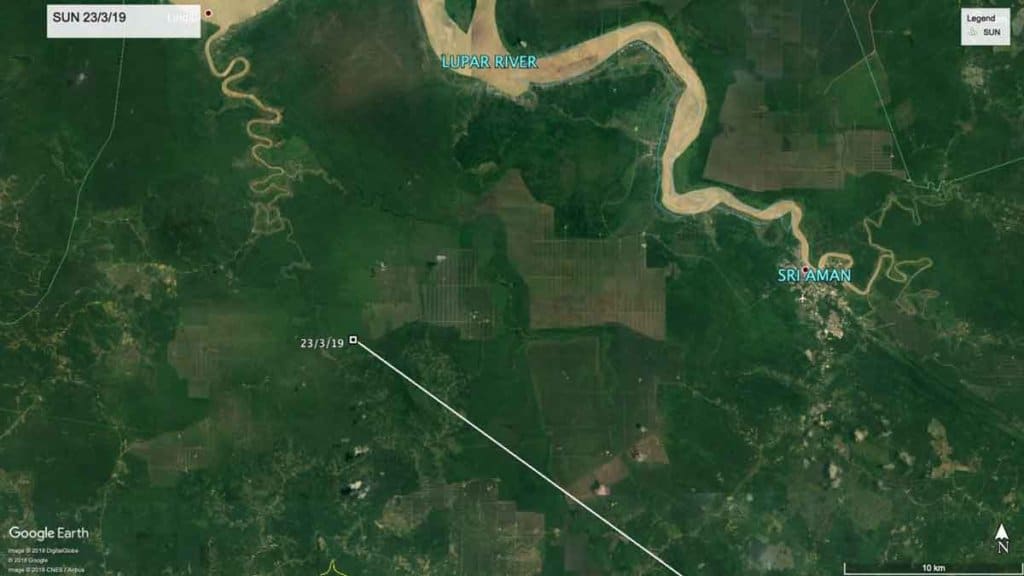
A big push further north
Leg Flag SEP (PTT 83593)
In our last report, SEP was located in the populated Pati Regency, Central Java, Indonesia on the 12th March.
Since then, SEP has flown approximately 2600km north from this location to the Khan Thale So District, Nakhon Ratchasima Province of Thailand (Figure 3a.).
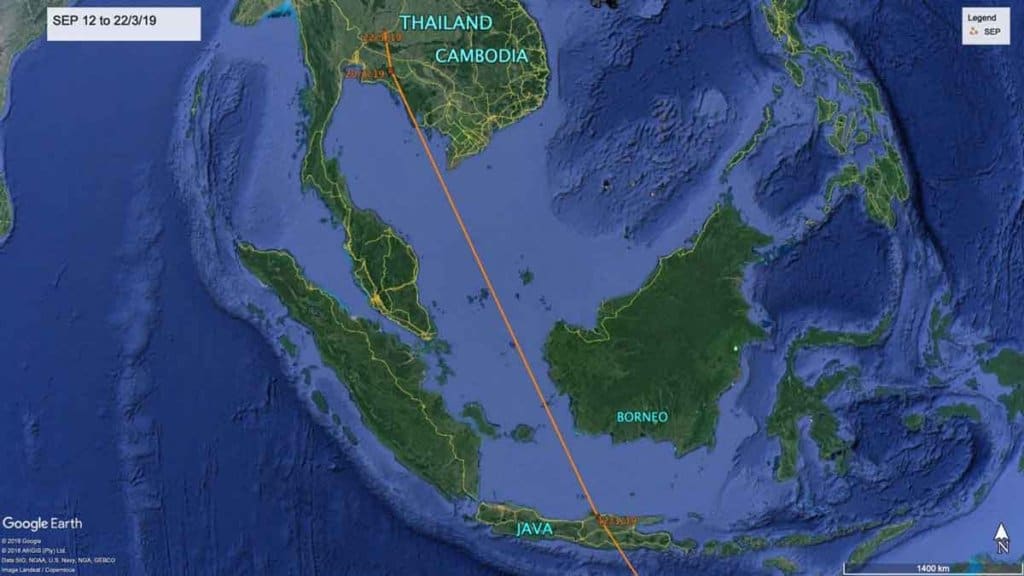
Again, SEP is in an area dominated by agricultural use, 3.5km west of the town of Nong Suang Figure 3b.).
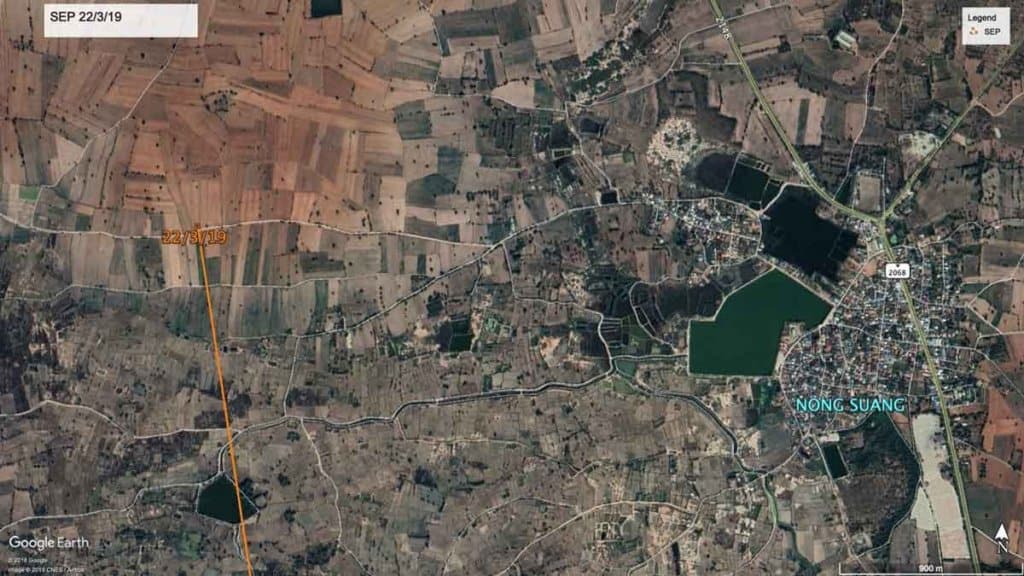
Still roosting on Tonle Sap Lake
Leg Flag SHE (PTT 83595)
Four weeks in and SHE continues to inhabit the Tonle Sap Biosphere Reserve, Cambodia and seems to be utilising a relatively small area available to it (Figure 4.). We are yet to see if this bird will remain here to breed.
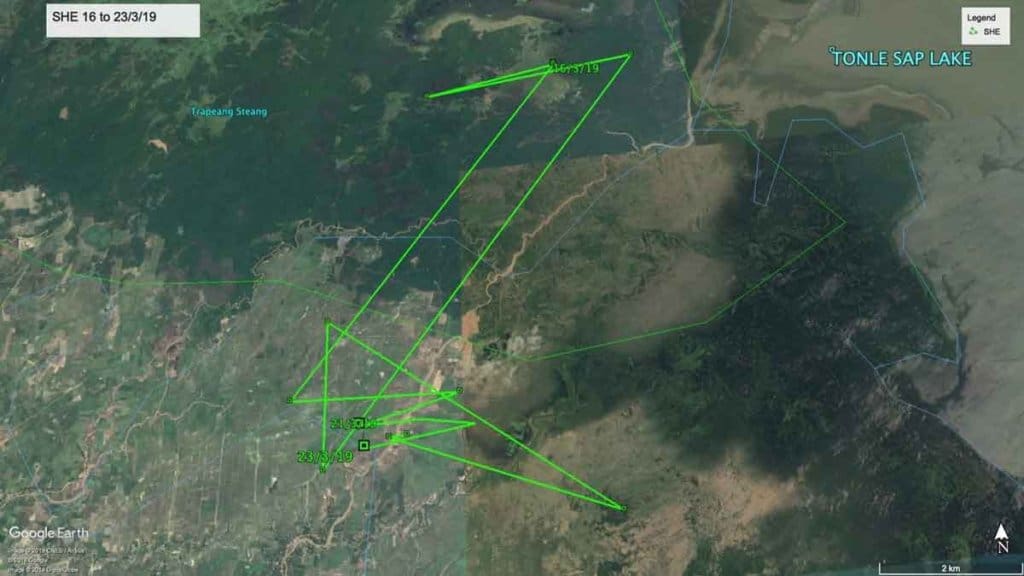
A short trip into town
SEC (PTT 83596)
When we last caught up with SEC on the 15th of March, it was positioned 23km off the coast near the Vietnam-Cambodian border (Figure 5a.).
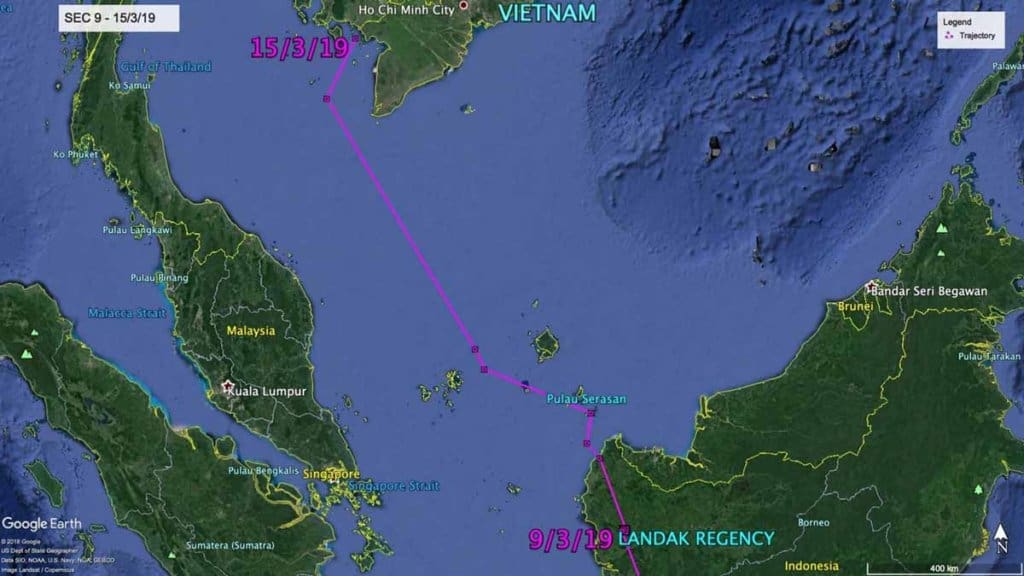
Five days later, SEC flew a further 190km north and is now located 40km north-east of Phnom Penh in the Prey Veng Province, Cambodia (Figures 5b. and 5c.). This province is considered the “great green belt” of Cambodia, where agriculture and aquaculture dominate and less than 4% of the original native vegetation remains.
SEC is approximately 3840km from the release site at 80 Mile Beach in North West Australia.
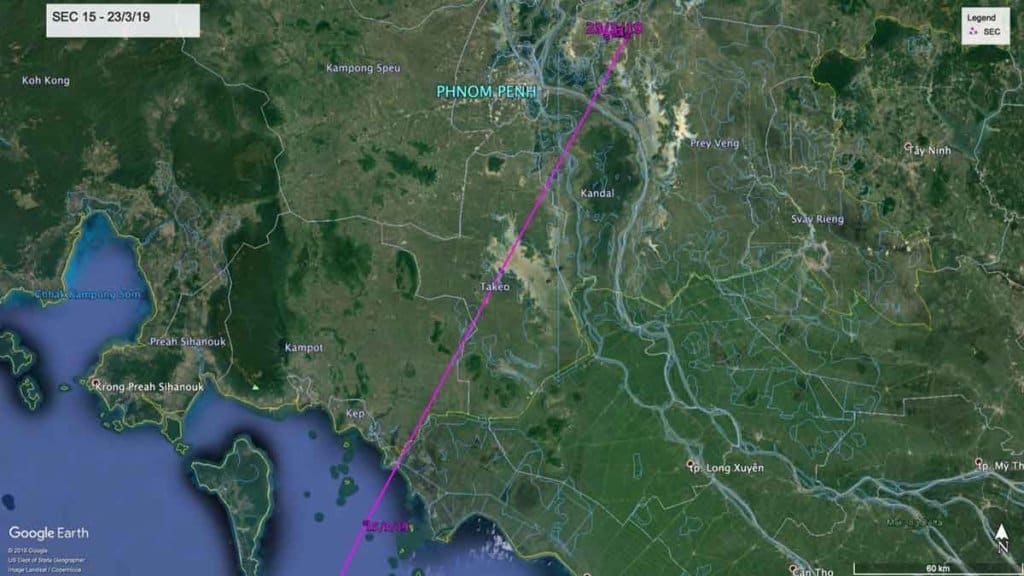
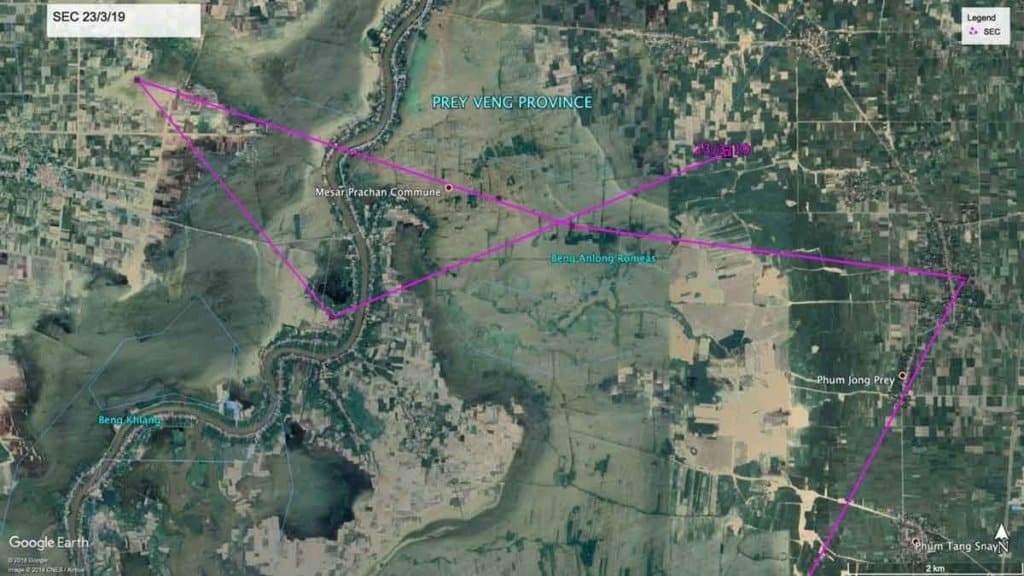
Download a PDF copy of this report – Oriental Pratincole Satellite Tracking Report Number 4
Acknowledgements
Clive Minton
The extensive and expensive satellite tracking program we have set up in NWA has only been possible through the efforts and generosity of a large number of people and organizations. It is difficult to know where to start with the formal acknowledgements so I will list them – but not in any particular order of priority.
- The members of the AWSG NWA 2019 Wader and Tern Expedition and similar NWA expeditions in previous years, are particularly thanked for their efforts in the field in catching, banding and deploying transmitters on a range of species.
- Landowners are especially thanked for permission to go onto their property to enable us to catch various species in order to deploy the satellite transmitters. In particular we thank Anna Plains Station for giving us the freedom to roam over large areas of grazed grassland when counting and catching target species.
- AWSG acknowledges the Yawuru People via the offices of Nyamba Buru Yawuru Limited for permission to catch birds on the shores of Roebuck Bay, traditional lands of the Yawuru people.
- AWSG acknowledges the Karajarri and Nyangumarta people for permission to catch birds to be marked for this project on the shores of 80 Mile Beach, traditional lands of the Karajarri and Nyangumarta.
- The cost of the satellite transmitters, which cost around $5000 each, and the satellite downloading costs (around $1000-1500 per month) have been met by a variety of sources. Private individuals (Charles Allen and Doris Graham) have made most generous individual contributions. Kate Gorringe-Smith and her team of artists involved in The Overwintering Project made a large, generous donation from funds raised during their various public exhibitions. The annual NWA Expedition members, collectively, also provided significant funds each year.

